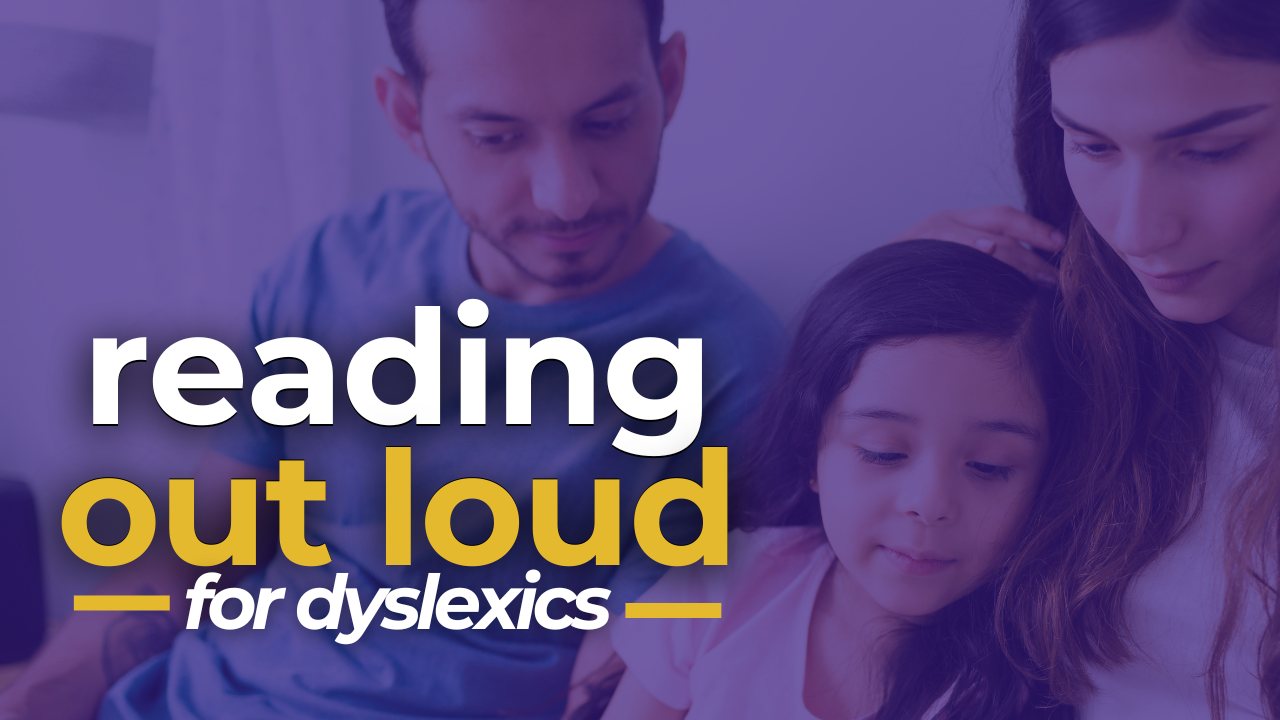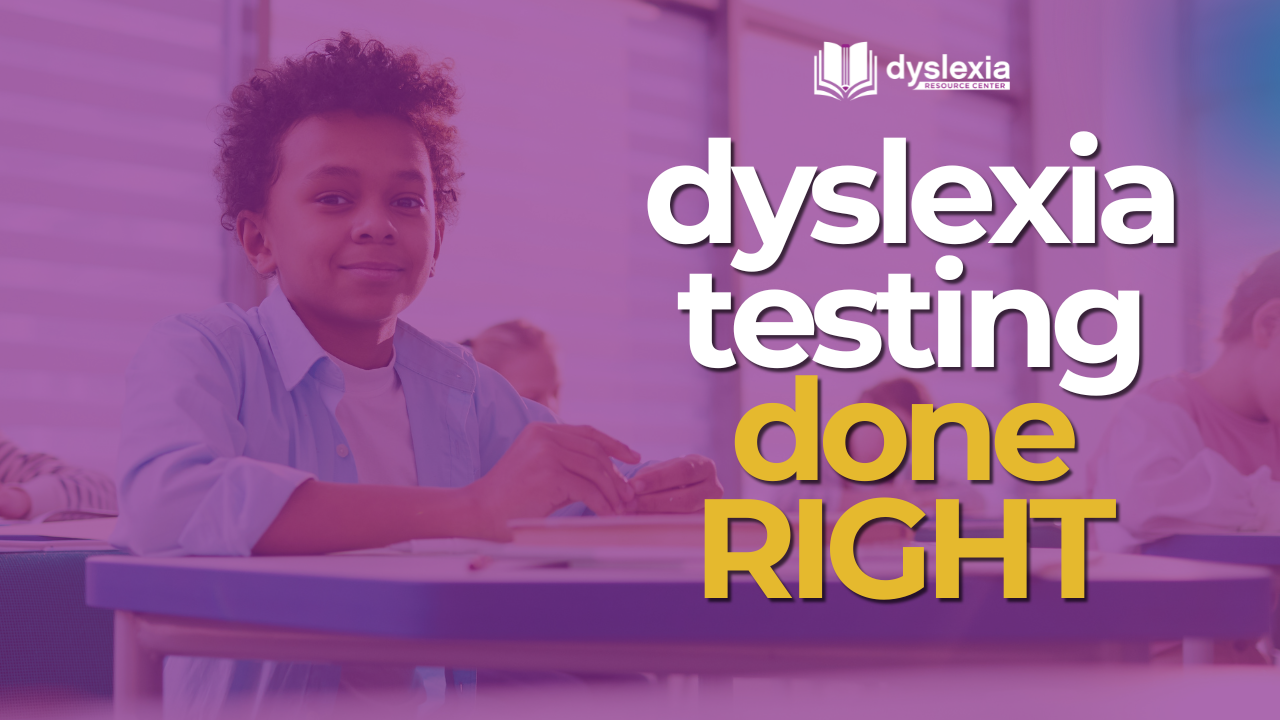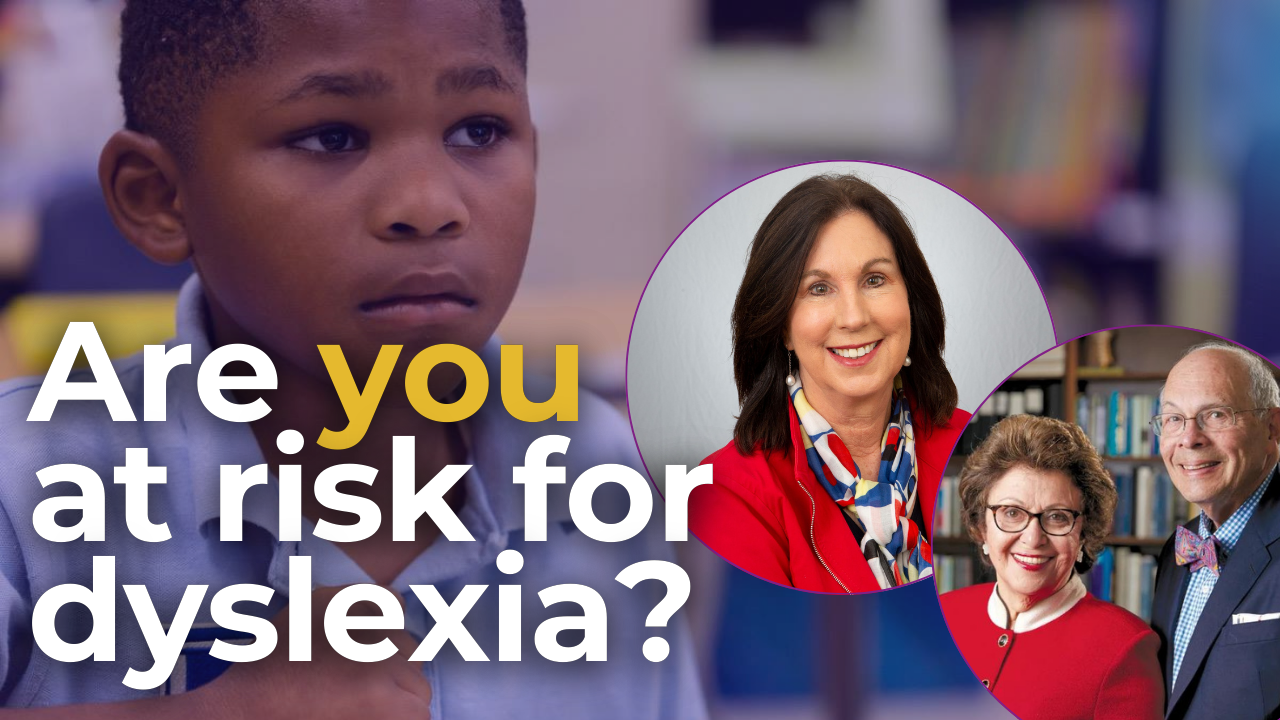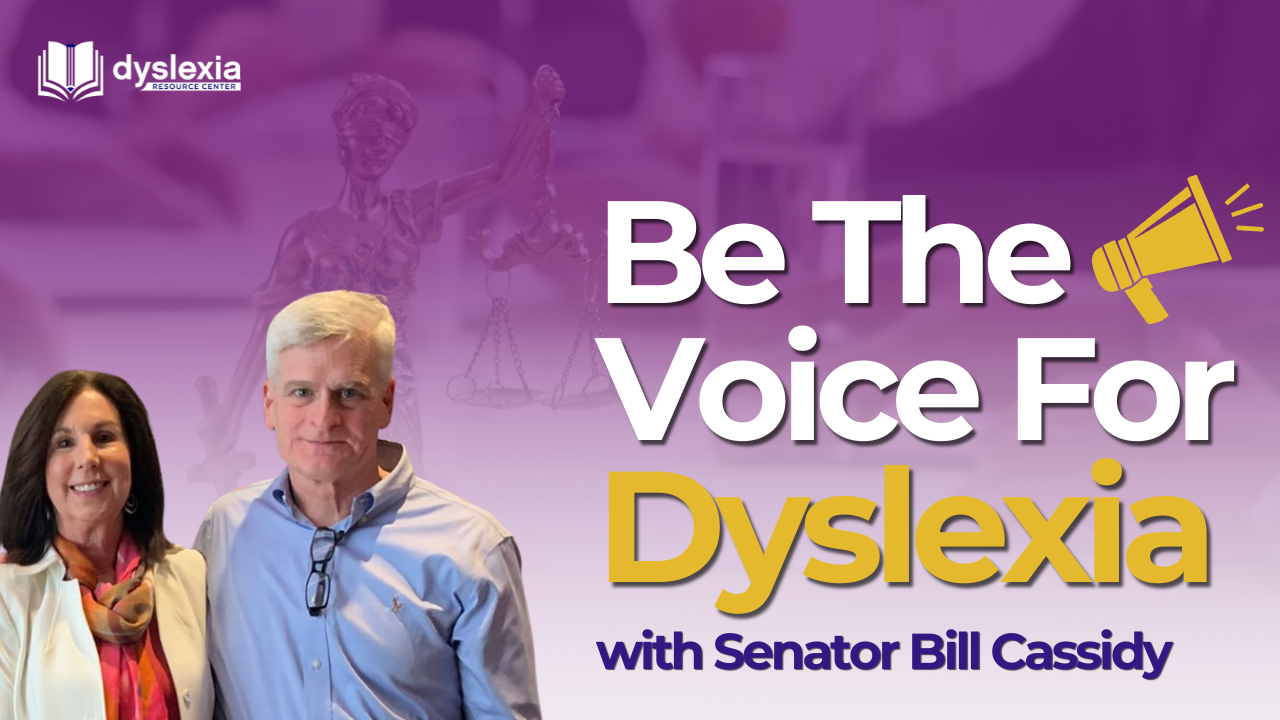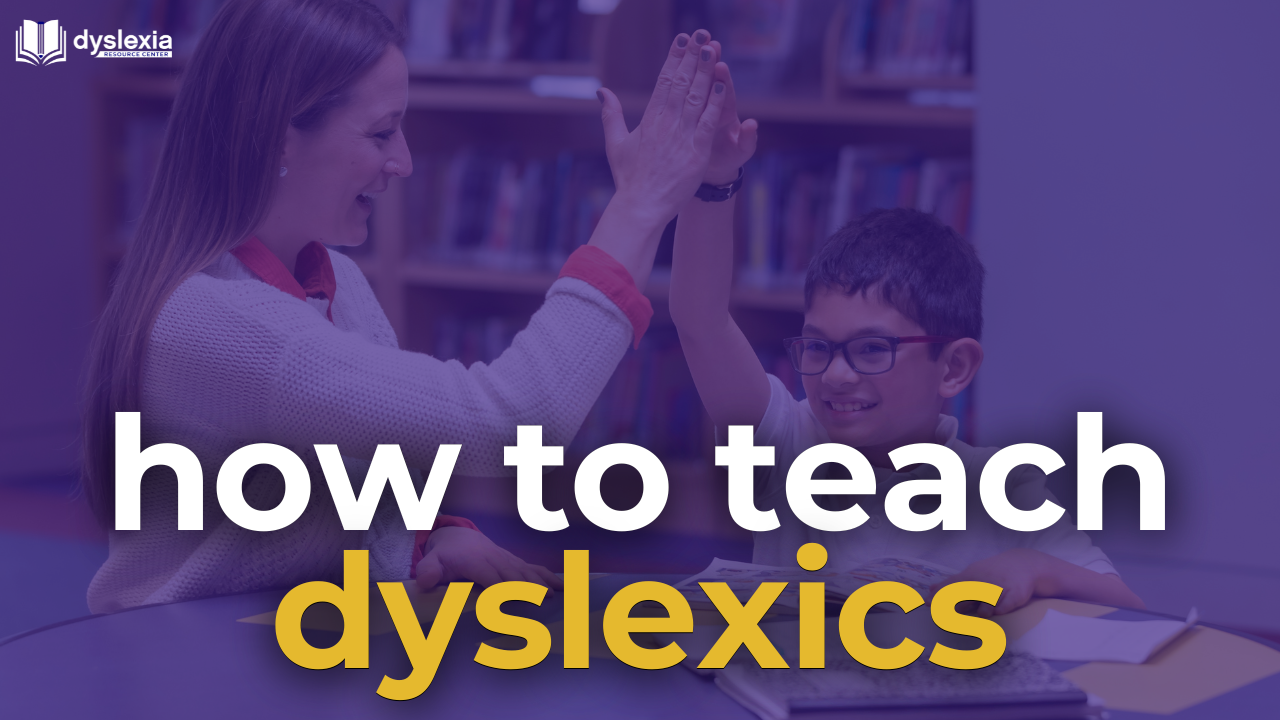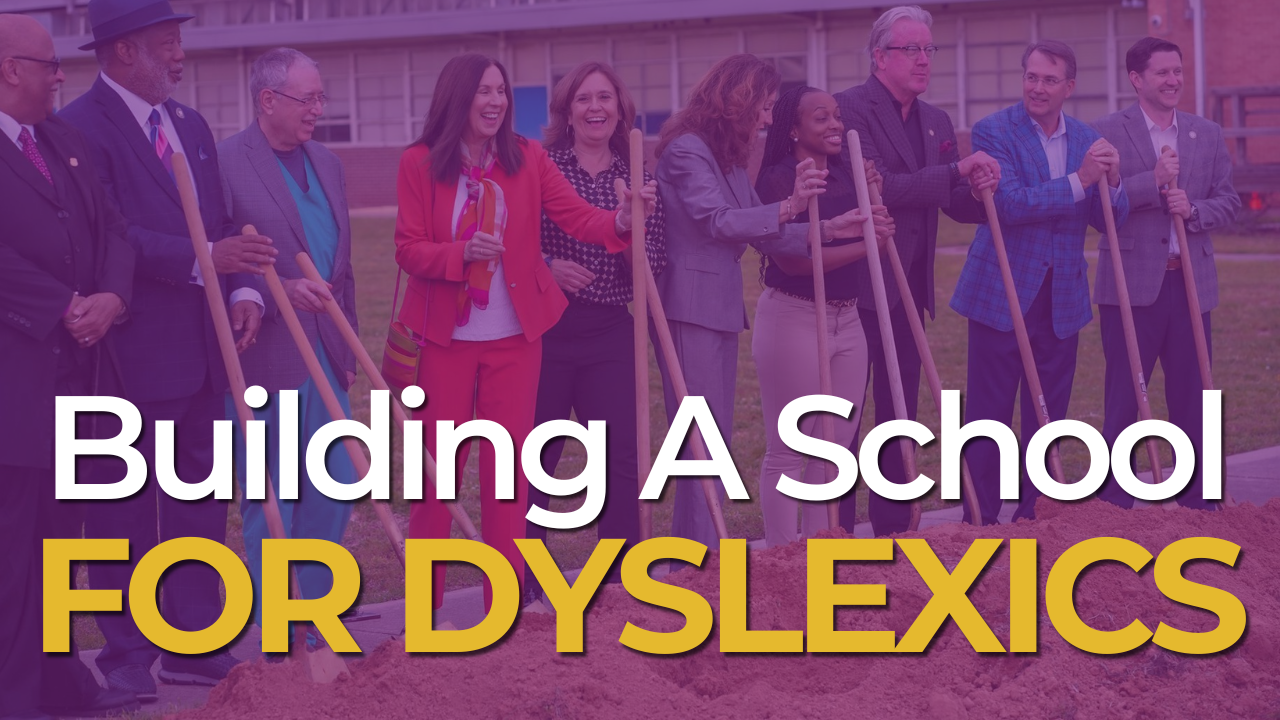What A Child With Dyslexia Needs
What A Child With Dyslexia Needs To Read, Write And Spell.
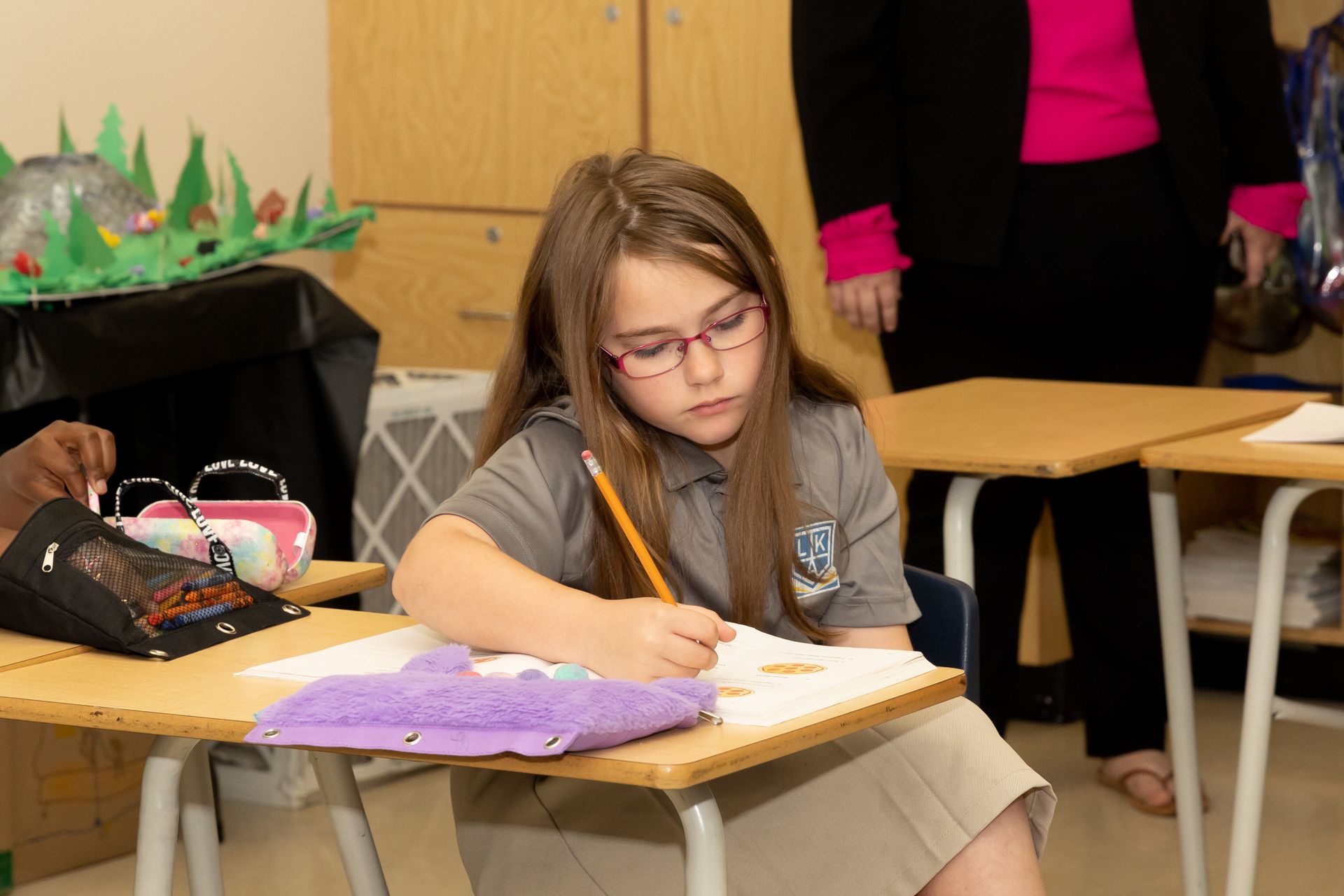
Dyslexia is due to a difficulty in phonological processing (the appreciation of the individual sounds of spoken language), which in turn affects the ability of an individual to speak, read, spell, and often learn a second language. The phoneme is the smallest unit of the spoken word and the dyslexic child is struggling to pull the word apart into its smallest parts to identify the word. If this struggle with decoding is not appreciated and addressed the child will not be able to read, write, or spell on grade level.
The goal for the dyslexic child is to become a fluent reader and the foundation for the dyslexic child is to learn that words can be pulled apart into these small parts. This is done through structured sequential language therapy, in an evidence based curriculum, along with the slow and appropriate introduction of connected test. A child with dyslexia is struggling to decode, working slowly and with effort, so they can miss the context of the story. It is not that they have a comprehension problem, they have a problem breaking the word down, to read it with accuracy. Reading is hard.
It is NOT a visual problem or a hearing (auditory) problem. The phonological processing takes place in a specific place in the back of the brain documented on fMRI’s by many prominent researchers. This area does not work properly in dyslexics and they use inefficient areas in the front of the brain instead. The eyes see the printed word and it transmits these letters to the part of the brain that connects it to the spoken word. The eyes work fine-it is not moving print so eyeglasses or eye motor exercises cannot help children with dyslexia.
It is also not a hearing problem. They hear the spoken word fine and it is transferred to the same posterior part of the brain.
It is understanding what dyslexia is that helps teachers and parents get the appropriate resources for these children to learn to read fluently. Reading and eventually reading fluently, which takes time, will help their spelling and writing as it is all part of the same process as outlined above.
.
During their entire life, dyslexics will use a different part of the brain to read than those without dyslexia. Longer reading time is needed their whole life along with the foundation of learning to decode the printed word. But, additional time to read without instruction in decoding, leaves a child with dyslexia reliant on audio devices for life and loss of self esteem.
Decoding instruction must come first and then the gradual introduction of connected text for these children to read fluently. It is different for every child with dyslexia and it takes dedicated teachers that understand dyslexia and hard work on the part of the child but these are bright children that deserve the appropriate identification, instruction, and accommodations to reach their full potential.
